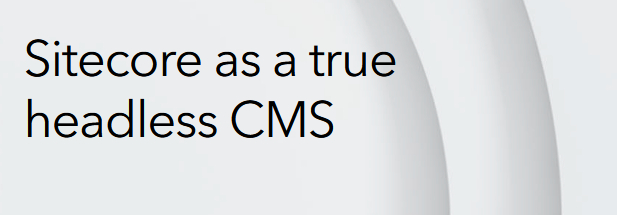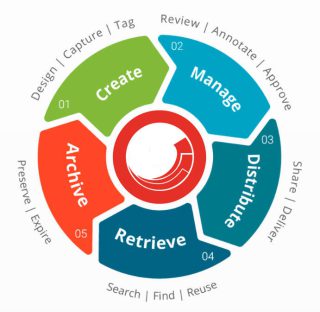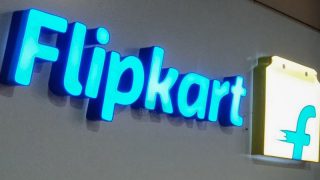Are you struggling to keep up with the pace of digital content delivery? Do you find it challenging to manage the presentation layer of your content for multiple channels and devices? If yes, then Headless AEM might be the solution you are looking for. Read this article from QEdge to figure it out.
Headless AEM, also known as "decoupled" AEM, is a content delivery approach that separates the content from the presentation layer. Adobe introduced this headless capability in Adobe Experience Manager at the Adobe Developers Live conference for digital experience developers in 2021. Since then, customers have been able to leverage GraphQL and other API connectivity to deliver content faster and more flexibly.
AEM's headless architecture has brought about a significant shift in the way enterprises approach content delivery. With this approach, companies can deliver content seamlessly through various channels and devices without worrying about managing the presentation layer. This means faster content delivery, greater flexibility in terms of user experience, and improved scalability.
How Does AEM Stand Out in the Headless CMS Landscape?
AEM's bespoke features allow for rapid delivery of content, forms, and digital assets to any device or platform. Its architecture enables developers to integrate the platform quickly with other popular technologies and services, expanding the potential for creating unique experiences and engaging content.
One of the key advantages of AEM is its ability to consume structured content from a web app or site over HTTP using GraphQL. This enables developers to create more flexible and efficient integrations with other technologies, services, and platforms.
As a headless CMS, AEM allows content to be decoupled from the presentation layer and served to multiple channels via API. The platform not only supports headless content delivery but offers traditional content management features as well, making it a hybrid CMS. This means that enterprises can leverage both headless and traditional approaches to content delivery in a single platform, providing more flexibility in managing their content.
Headful and Headless in AEM: Exploring the Benefits of Both Models
AEM provides robust tools for managing content creation and distribution on a single platform. In a traditional "headful" content management model, the content authors and developers collaborate on the same platform to provide unique experiences to customers. This model allows for a more seamless and efficient collaboration between content authors and developers, as they work on the same platform to create and deliver content.
On the other hand, the "headless" model allows you to manage content in a way that a different platform manages the presentation and delivery of the content. In this model, content authors and platform developers work together on different platforms. The headless model is particularly useful for enterprises that need to deliver content to multiple channels, as it enables them to manage content in one place and deliver it through APIs to other platforms.
The headful model, also known as the full-stack model, allows content to be managed in the AEM repository and components. This model enables content creation, styling, presenting, and delivery in AEM. It provides a more integrated approach to content management, as everything from content creation to delivery is done on the same platform.
In the headless model, content is managed in the AEM repository, but delivery is done via APIs (REST or GraphQL) to other platforms to render content. This model enables content creation, styling, presenting, and delivery to happen on a different platform. It provides more flexibility in terms of content delivery and presentation, as content can be delivered to various channels and devices through APIs.
AEM's hybrid CMS approach has made it a popular choice among enterprises looking to transition to a headless architecture while still maintaining traditional content management capabilities. Enterprises can start with a traditional CMS approach and gradually transition to a headless architecture as their needs evolve.
Exploring the Features of Headless AEM: Content Models, Content Fragments, and Content API for Delivery
Content Models are the foundation of Content Fragments in AEM. They have to do with content represented structurally, and information architects use the AEM Content Fragment Model editor to define them. This feature enables enterprises to create and manage content models that can be used to create content fragments.
Content Fragments are created based on the content models defined in AEM. Content authors use the AEM Content Fragment Editor to create content fragments that are then stored in AEM assets and managed via the Assets Admin UI. This feature enables enterprises to create and manage content in a more flexible and efficient way.
The Content API for Delivery is another essential feature of Headless AEM. Most CMS platforms use APIs to deliver content from the decoupled backend to the front end. In AEM, the GraphQL API has support for content fragment delivery, enabling enterprises to deliver content to various channels and devices through APIs. The content fragment CRUD operations are also supported via the AEM Assets REST API, providing more flexibility in managing and delivering content.
In addition to these features, Headless AEM also supports other features such as personalization, dynamic rendering, previewing, and more. These features enable enterprises to provide their users with a personalized and engaging experience across various channels and devices.
Unlocking the Power of a Decoupled CMS with QEdge
Sitecore vs. AEM, which reigns supreme? QEdge can help enterprises design and develop engaging user experiences that deliver content seamlessly across multiple channels and devices. This includes designing and developing custom components, templates, and themes that align with the enterprise's brand and user experience goals.
In conclusion, QEdge can help enterprises unlock the power of a decoupled CMS like Headless AEM by providing guidance on CMS selection and implementation, integration and customization, content management and optimization, and user experience and design. Hiring a Sitecore developer like QEdge can be tricky. With years of experience and expertise in the content management space, QEdge can help enterprises achieve greater flexibility, scalability, and agility in their content management and delivery, driving better business outcomes.






![How to Build a Website Like Craigslist[2024]](https://www.qedge.co/blog/wp-content/uploads/2023/11/604-320x180.jpg)

